UPDATE: The United Church of Canada issued another statement on Friday noting that it was committed to working with Indigenous communities on any unmarked graves found at former United Church residential schools and on known burial sites. In that statement, the church also notes its previous work on commemorating gravesites and that it turned over all records related to the residential schools that it ran to the Truth and Reconciliation Commission.
Following the discovery of 215 Indigenous children’s remains in a mass grave in Kamloops, B.C., members of the United Church are paying homage to the loss and reflecting on what it means for their communities.
You may unsubscribe from any of our newsletters at any time.
A ground-penetrating radar specialist, employed by the Tk’emlúps te Secwépemc nation via a government grant, found the unmarked burial site at the former Kamloops Indian Residential School over the Victoria Day weekend.
In light of that news, a May 31 statement from Indigenous Ministries and Justice asked the people of the United Church to support one another in grieving. “We understand the desire to do ‘something’ that will make this right,” the statement read. “But we ask you, right now, to come together as people of the United Church and take the first step of mourning and remembering.”
On June 1, Hillhurst United in Calgary rang 215 bells to honour the children’s lives. The community also tied 215 orange ribbons, one for each child, to the black railing of the exterior stairs. At the commemoration ceremony, Tony Snow, the Indigenous minister for the Chinook Winds Region, called the Kamloops discovery a national tragedy and acknowledged it as an act of genocide.
More on Broadview:
- I’ve stepped inside Kamloops Indian Residential School. This is what it’s like
- How to ensure Indigenous tourism experiences support the right communities
- The meaning behind orange shirts for the Kamloops residential school victims
”We call upon governments, agencies, and church partners to complete the work of registry, the work of protecting the gravesites of the children who died across the country, and to fulfill the commitments made in the Indian Residential School agreement and the TRC,” Snow said.
In Dryden, Ont., First United has also created a memorial. The church invited its local community to place shoes outside the church building and prepared 215 orange paper hearts so that people could pin messages to the shoes. The staff of the Dryden Native Friendship Centre joined the church community in an acknowledgement event earlier this week. Two residential school survivors also attended the event to offer prayers and share their experiences.
Alice Bloomfield, a lay worship leader and chair of First United’s board, explained that the memorial expresses the community’s feelings of regret and remorse. Looking ahead, she wants to see people move beyond those feelings. “I hope it isn’t going to stop with putting shoes on a church step, but it’s going to change our attitudes and lead to action,” she said.
Meanwhile, hundreds of pairs of shoes have accumulated on the steps of St. Andrew’s United in Moose Jaw, Sask., since May 30. The memorial, initiated by local Indigenous sisters Cassidy and Kayleigh Olson, was followed by a candlelight vigil outside the church on the evening of June 3. Rev. Jim Tenford of St. Andrew’s estimated that nearly 150 community members came together for the vigil.
Tenford was born in Kamloops, B.C. and said that the discovery of the mass grave did not come as a surprise: “This was an unspoken thing that everybody knew — that so many children never made it home. But it still hurts to find the confirmation of what we always believed,” he said.
Rev. Cecile Fausak told Broadview that when she heard the Kamloops news, she was deeply outraged and dismayed — but not shocked. As the General Council residential school liaison minister from 2005 to 2017, Rev. Fausak has worked with four Indigenous communities that have unmarked gravesites. Currently, she is secretary of the Remembering the Children Society, which has protected a grave at the former Red Deer Indian Industrial School in Red Deer, Alta., for more than 10 years. To her, a reckoning with the “monstrous blight” of Canada’s genocide has been a long time coming.
“My settler and Christian ancestors have left such a mess,” Fausak said. “Seeing the waves of grief rocking the country, though, oddly gives me hope that people will muster their courage and their love to right the wrongs as far as possible.”
From 1849 to 1969, the United Church and its predecessors operated 15 residential schools across Canada. The church has since made two formal apologies to Indigenous peoples. In 1986, it issued an apology for its role in colonization. In 1998, it apologized for the abuse and damage it inflicted upon students of United Church-run residential schools, as well as their families and communities.
But residential schools were not simply a dark chapter in Canadian history — they are one element in a larger landscape of colonial violence that actively harms Indigenous people today. So, moving forward, Fausak hopes that the United Church will continue to encourage community-based restorative justice as a way of supporting First Nations communities connected to residential schools. She also emphasized that individuals must not absolve themselves of the responsibility to admit wrongdoing, change their behaviour and make reparations.
As she put it, “Unless you walk the talk, what good is an apology?”
EDITOR’S NOTE: A previous version of this story stated that the United Church ran residential schools from 1849 to 1969. This version has been updated to note that predecessor churches also operated the schools, since the United Church was not founded until 1925.
***
Jadine Ngan is a summer intern at Broadview.

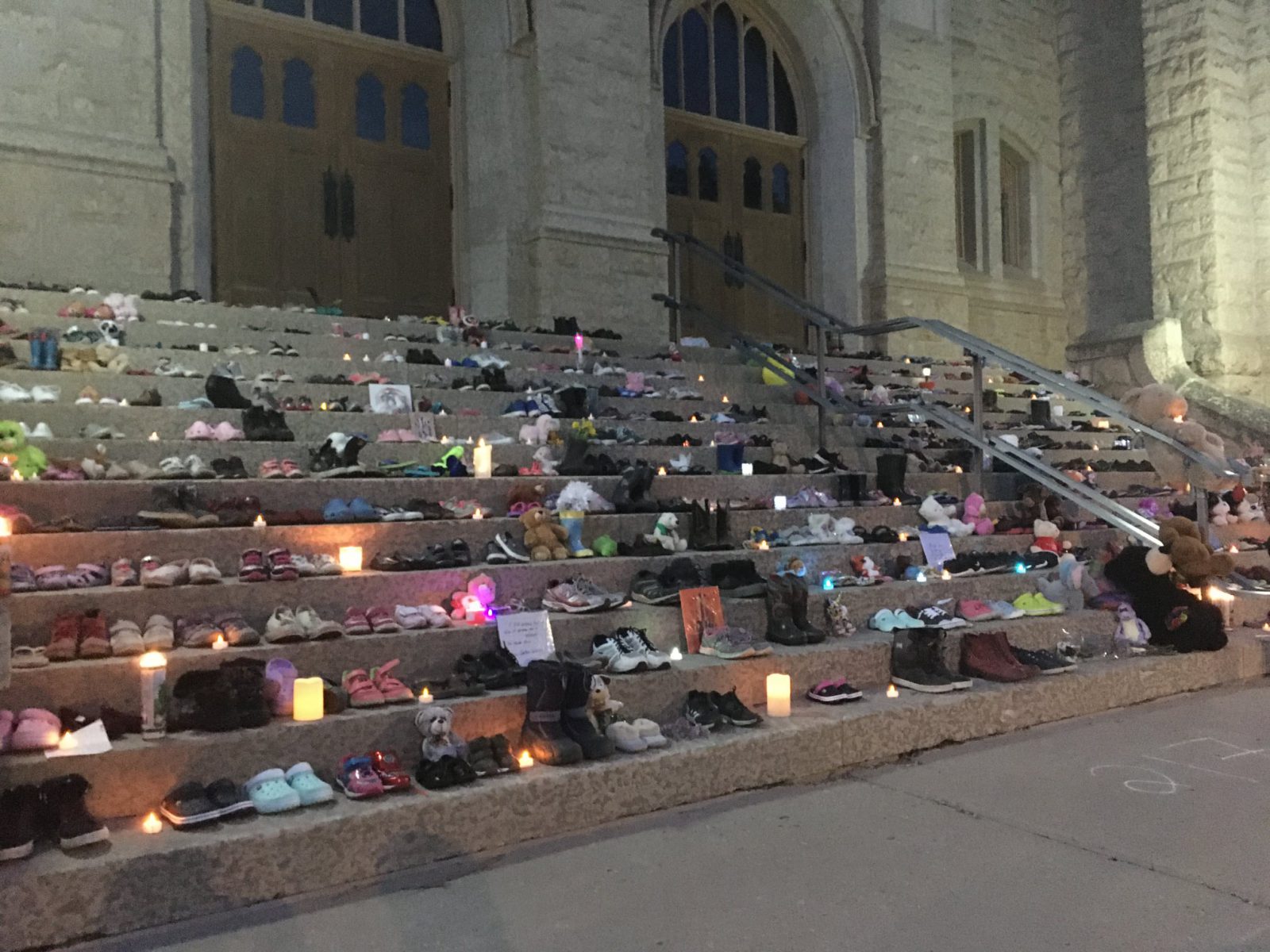




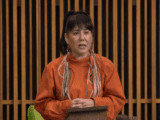




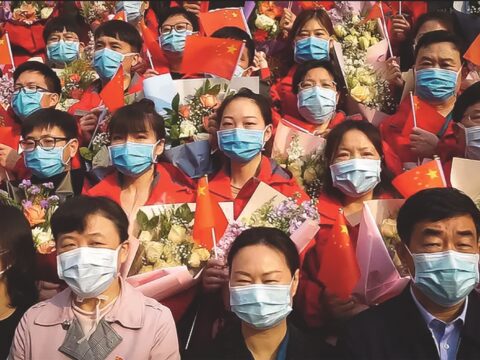
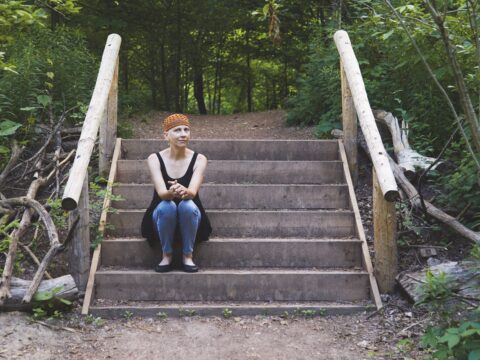
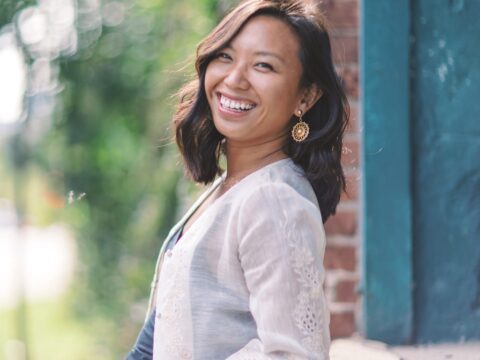


Factual data in this article is useful – but clarify some of the details, please. There was no such thing as an United Church in 1869 – it was created in 1925.
Also, where were the residential schools run by the United Church located?
What happened to the students after the schools were closed?
More detail, please…
Hi Ruth, we can only address the first part of your question. Yes, indeed, there was no such thing as a United church in 1869! Have tweaked the article to reflect this. Thanks for your keen eyes!
The website http://www.thechildrenremembered.ca provides locations and histories of the schools that the UC takes responsibility for.